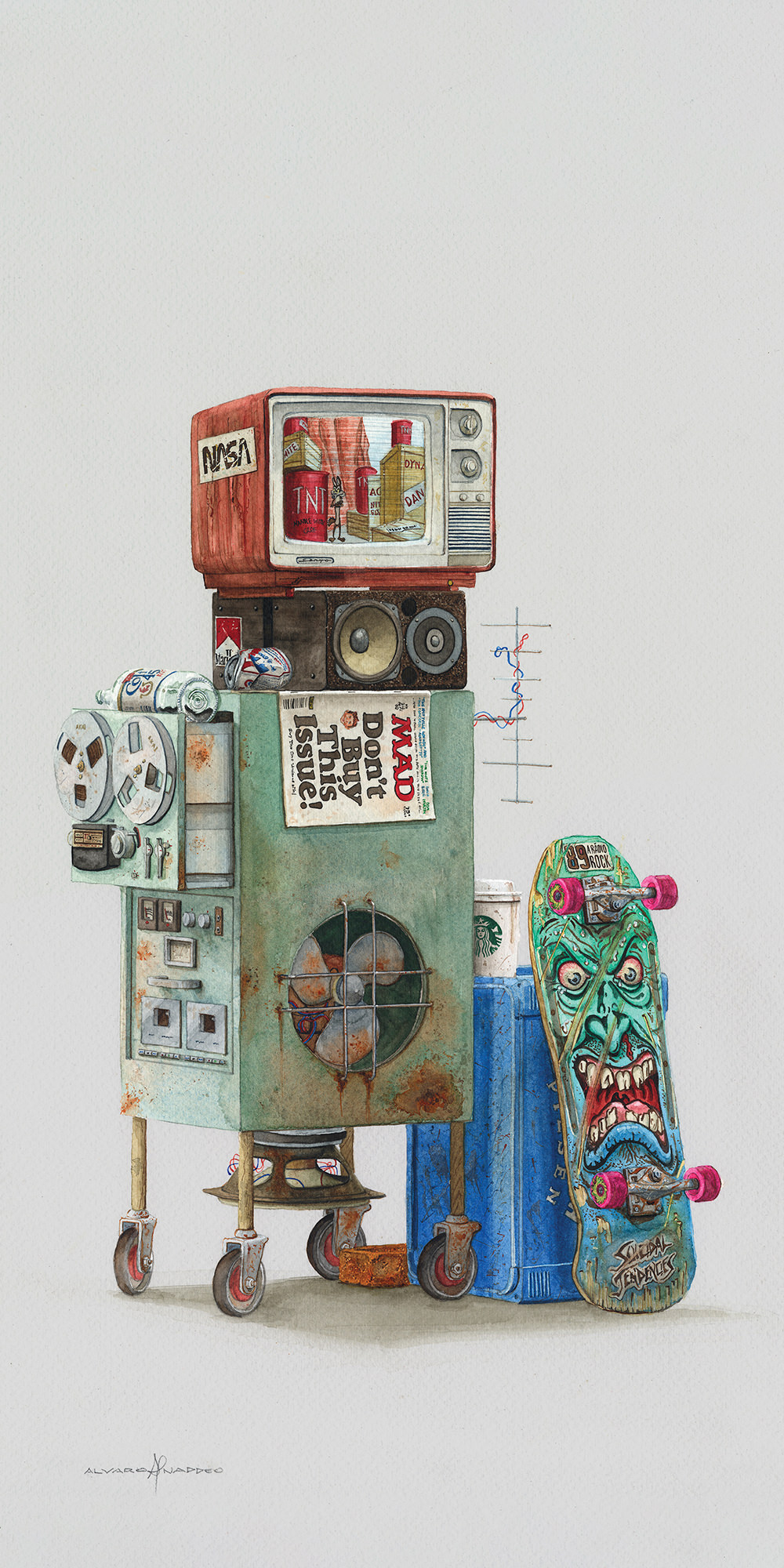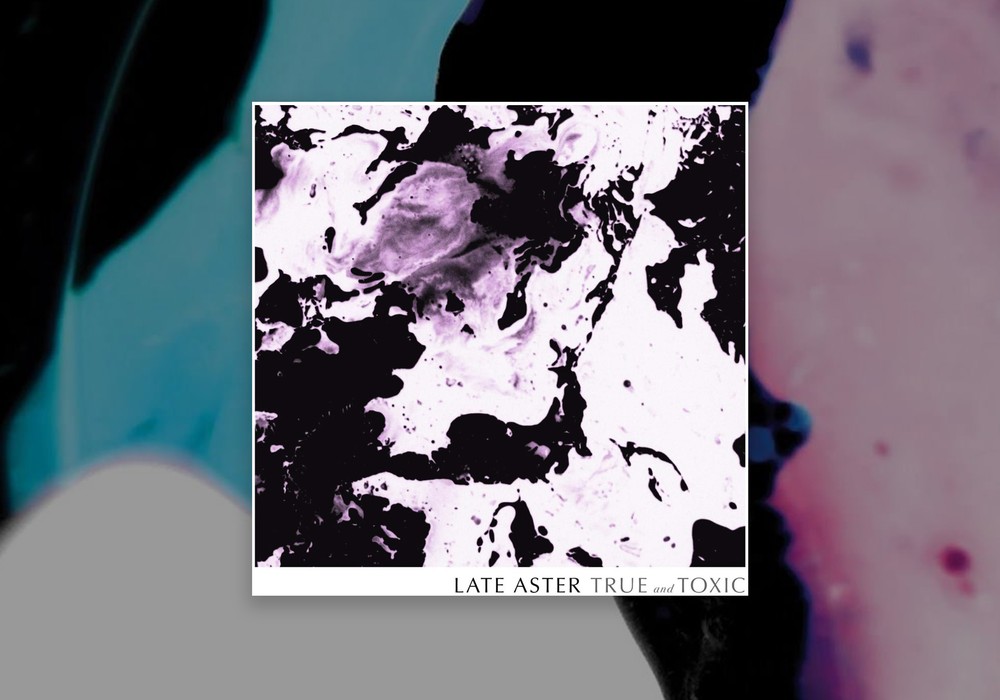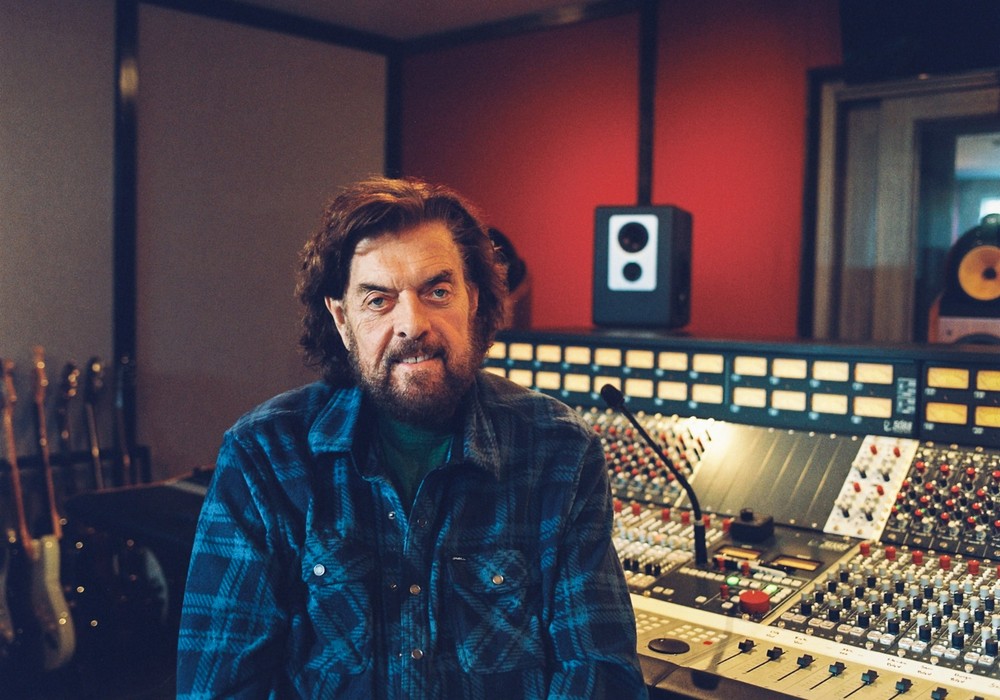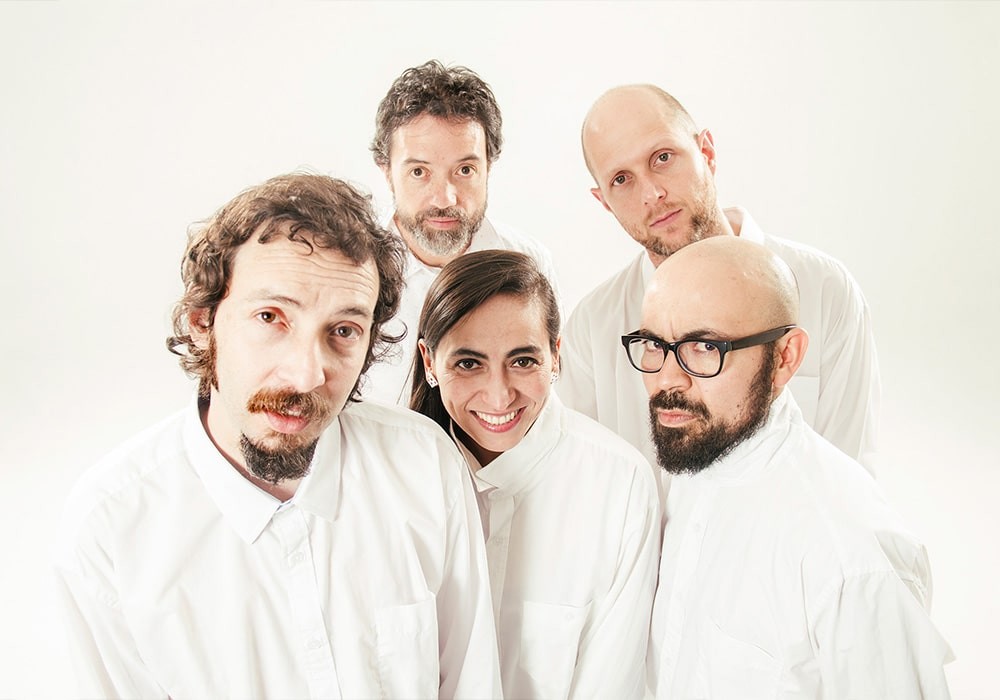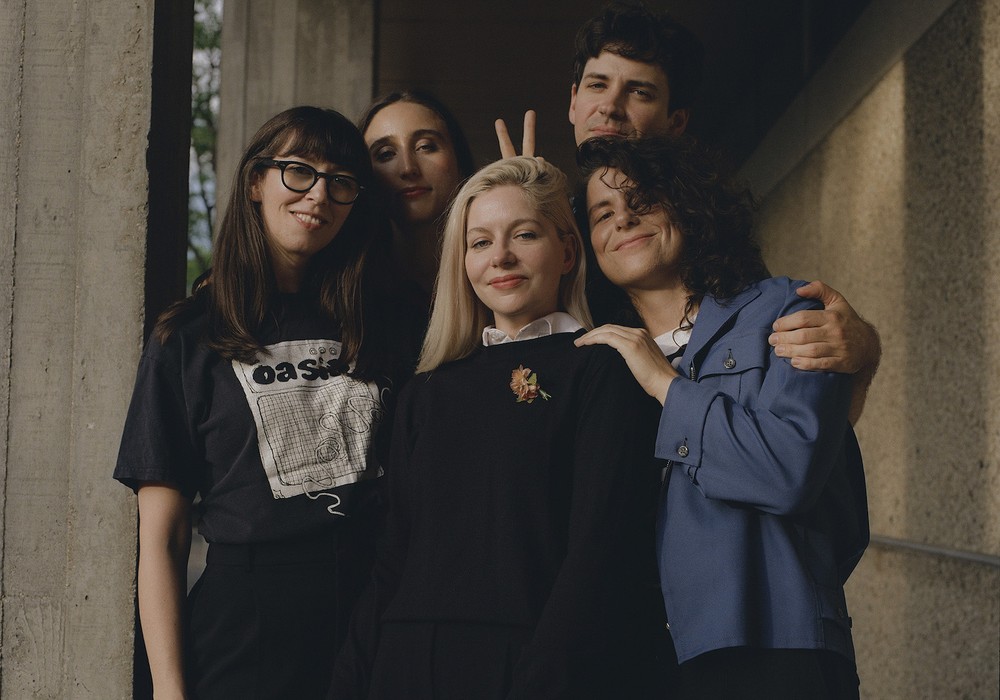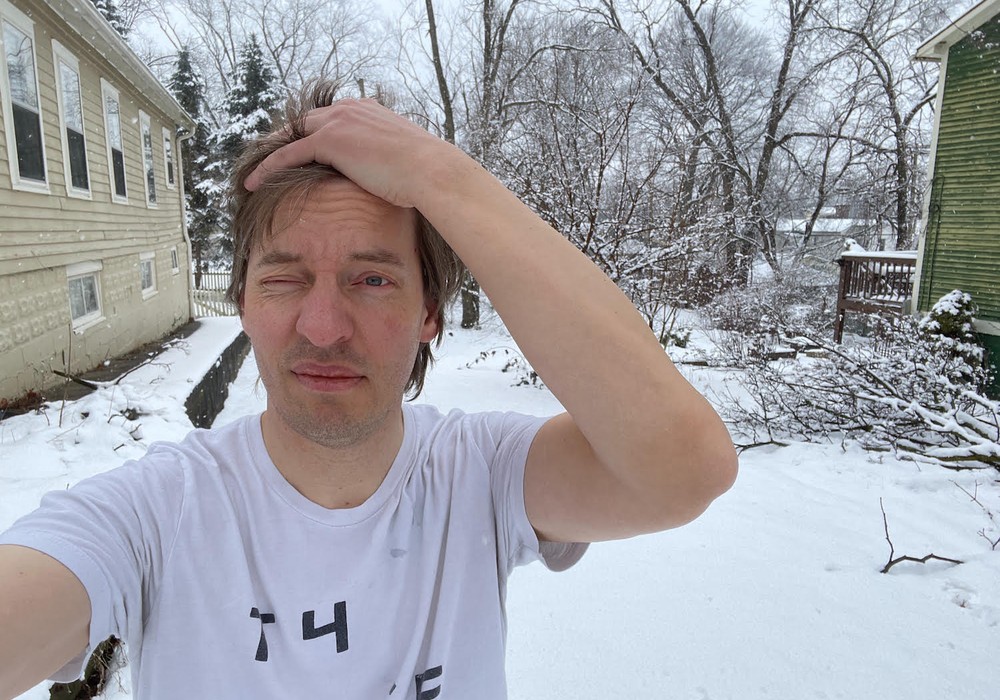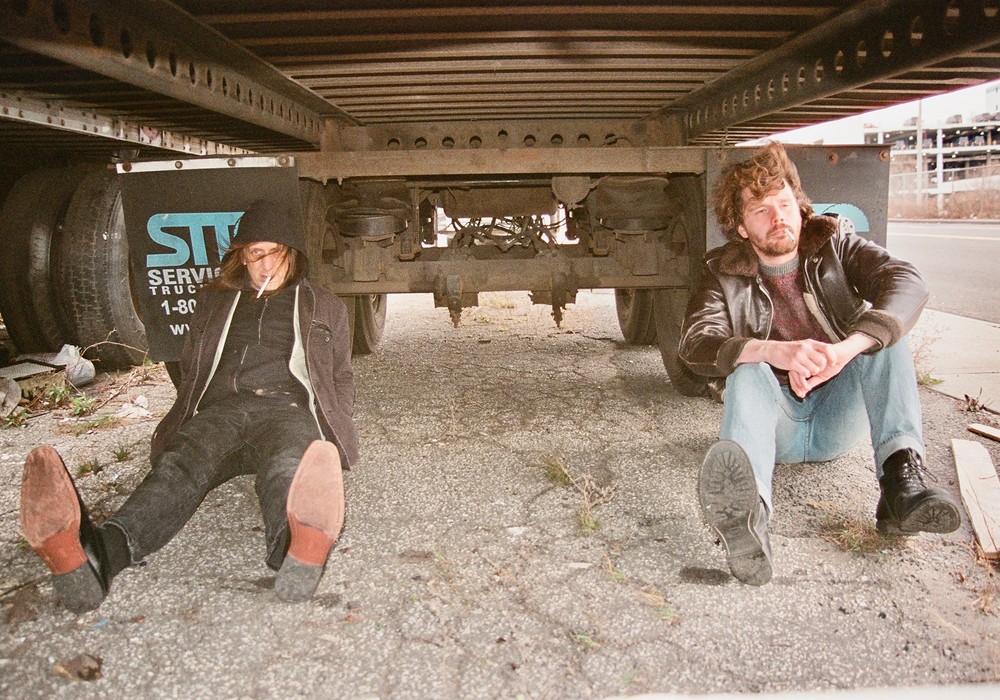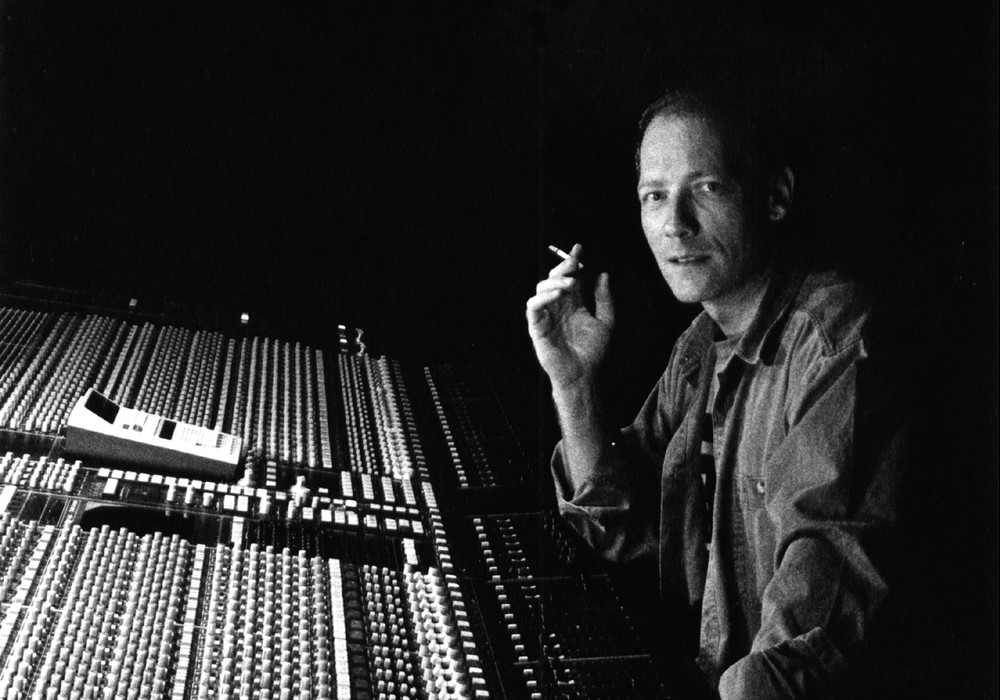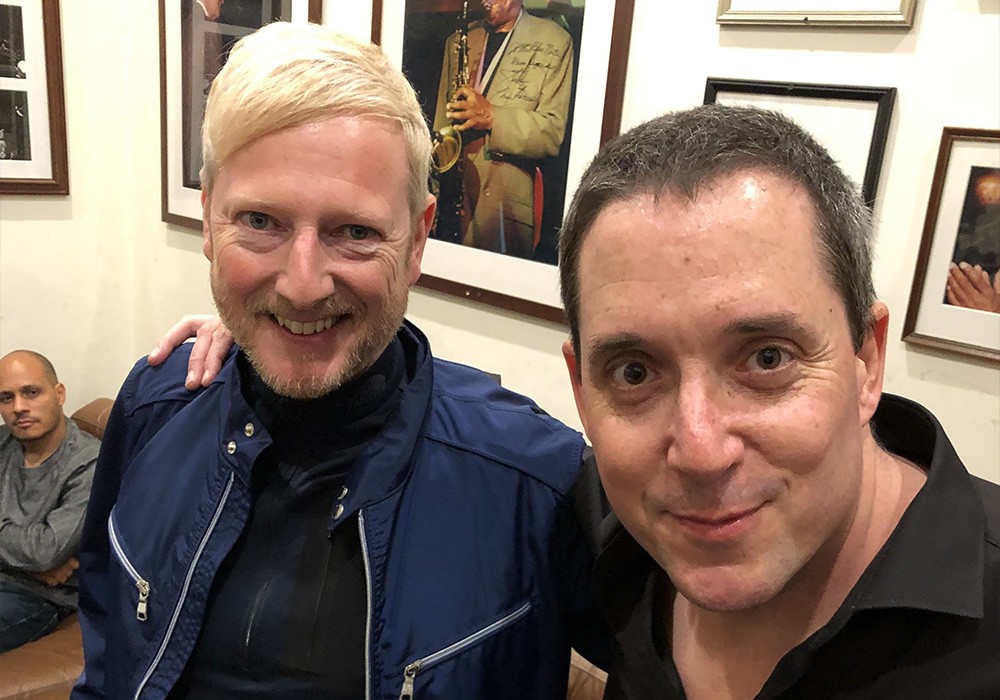I listened to a lot of music during the pandemic. One of my favorite things was to search out new music as I really enjoy the discovery process. As winter turned to spring in 2021, one of the albums that caught my ear and got a lot of digital rotation was Late Aster’s True and Toxic. The album is a great mix of jazz, pop, rock, and classical influences. I’m not usually that into projects that are a pastiche of different musical styles, but this record grabbed my attention. Although this is the group’s first release, all the members have known each and played together for years. The core of Late Aster is Aaron Messing and Anni Hochhalter, songwriters, vocalists, and horn players. Aaron plays trumpet, Anni plays French horn and they both utilize electronics in the form of rhythm machines, synthesizers, and an array of processors. Both Aaron and Anni are classically trained on their horn instruments and have extensive performance experience in the classical music world. Late Aster is a collaboration between the duo, as well as Brooklyn-based Cameron LeCrone on drums and percussion, and Charles Mueller who plays guitar and bass and is the group’s primary audio engineer and has his own studio, Tiny Panther, in Brooklyn. Anni is also a principal in the WindSync wind quintet. Additionally, Aaron got a law degree from Georgetown University in 2018 and became an environmental attorney. He currently works for the EPA in San Francisco, CA.
Aaron met Charles and Cameron in Chicago in 2012 when he was a student at Northwestern getting his music performance degree in classical trumpet performance. Charles and Cameron were also getting music performance degrees on classical guitar and film and jazz drums, respectively. The trio played in a variety of bands with different names and stayed in touch, playing music together even as they graduated and began to move around the country. Charles left Chicago to get a Master’s degree in music engineering at NYU. Aaron and Anni, who has a classical French horn degree from USC, met in 2013 and began to collaborate on music. It was later that Charles and Cameron were folded into those projects.
I met up with Aaron and Anni at my Panoramic House recording studio recently on a warm July day, and we sat out back under an old oak tree for a chat. They’re clearly long-time collaborators and will sometimes finish each other’s sentences and thoughts as the conversation moves back and forth between them.
Can you walk me through how a song starts?
Aaron Messing [AM]: “True And Toxic” is the first song on the album that starts with a trumpet riff. I think that’s a quintessential...
Anni Hochhalter [AH]: ...Microcosm of the process.
AM: Yeah, I was thinking about some of the Dave Longstreth songs that have these really difficult guitar parts that do both melody and harmony at the same time. You can tell that it’s almost too hard for him to play. I was trying to figure out how to do that on trumpet.
AH: And you did it! It’s almost too hard for you to play.
AM: It’s hard to do! I just tracked what I thought was some scratch trumpet parts with the main part and then some background parts. Then, as we've done over the decade that we’ve been collaborating, I sent it over to Charles [Mueller] and went, “Hey, here’s this idea.” He's our guitar player and a recording engineer; he has his own home studio in Brooklyn too. He took it and built upon it. He sketched out a B-section to that song. Simultaneously, I’m writing vocal parts and thinking about other harmonies and things like that. So, the song builds upon itself as Charles and I are sending it back and forth over this long-distance musical relationship. At some point I sent it to Cam [Cameron LeCrone, drummer], and he composed a beat that went throughout the song, and it all kind of came together. I think this song is emblematic of our process, because we often do things with the intention of changing them substantially. Whether the part’s going to change, or the harmony’s going to change, or we’re going to change the lyrics or something like that. For the trumpet part, I went up to New York, and we ran it through a Moog Minitaur, and then a couple other filters. We felt like that was a good place to stop for the day, and then we’d fix it next time we got together. That was it. It became the song. We grew around that sound and came to like it. The same with the drums. Cam wrote a drum part with these scratch drum samples, and those were the samples we ended up using.
Where did you come in on this whole process, Anni?
AH: At some point tracking vocals. That song’s a good example of one of the first ones where we weren’t in New York to do it all together, so Aaron and I built out a small studio in our house. We got some nicer mics and pre-amps and all that stuff. So, then at some point, middle of the way through, we were doing all the vocals and horns at our home recording space.
You've also integrated more electronics into your music as well.
AM: Yeah, I think the gateway drug was Radiohead. Everything spirals out from there. I think most of what we’ve learned about electronic music is out of necessity for us to be able to perform. I knew about synthesis and how to work synthesizers, but as we’ve been performing together, I've dug deeper into it. For this album I went to the vintage synthesizer museum vintagesynthesizermuseum.com a couple of times and recorded on their [Roland] Jupiter 8 for one of our songs. I recorded the same part, like 20 times, and then Charles chopped it up and created this web of Jupiters.
AH: Synths just sound so cool! It’s so awesome for brass instruments to play over. In the classical music world, you play over acoustic piano. For example, as a music student, Aaron would stand up and play a trumpet sonata with a piano. But a piano doesn’t actually blend that well with a trumpet. They don’t sound the same. The piano has a percussive sound. It dies after you hit it. With synthesizers, we can change the feel of the sound, all of the different controls and envelopes, so that it can support a brass instrument really well. That’s been really awesome. We’ve also been experimenting with a lot of pedals and stuff. I've been using an Elektron Model: Samples.
You mentioned using the Moog Taurus and some Moogerfoogers. What are some of the main pedals and synths you're using now?
AM: Besides the Elektron I use a Korg Minilogue and I've got a pretty big pedalboard. My most used pedals would probably be the Gamechanger Audio Plus Sustain Pedal, Boss RC-30 Loop Pedal, Meris Enzo, Red Panda Particle, Malekko Sneak Attack, and a Moogerfooger Phaser.
What’s your home rig, in terms of mics and preamps, and what software are you using?
AM: It’s pretty simple. We use Pro Tools. That’s what Charles is most comfortable with, and I had to accommodate to that. We have a Focusrite 18i20 interface and a (A-Designs Quad Eight) Pacifica pre-amp. Then for mics we’ve got a [Shure] SM7B, a Soundelux U195, and an AEA N-22.
Any compression or anything?
AM: I don’t have any compression on my end. Charles has a bunch of compression.
So, you’re tracking everything at your place without any compression then and sending him uncompressed tracks?
AM: Yes
So, the Pro Tools files are just moving all over the Internet basically?
AM: Yeah, we have like four different Dropboxes and Google Drives.
It’s so great that you can do that now.
AH: I know!
And Charles mixes everything, right?
AM: Yeah. I started in Logic, and I only knew Logic. Charles moved to Pro Tools when he went to get his Master’s degree. So, I’ve been learning Pro Tools and starting to help him place things a little differently than I was in the past, where I was having to tell him, but now I can get in there and change things around. Definitely the bulk, and certainly the finishing touches, are all Charles.
Are you guys keeping everything in-the-box so that you can keep the Pro Tools files intact while you pass changes back and forth? Or, once he starts mixing, are you out of the picture in terms of working with the Pro Tools session?
AM: Well, no; he can commit things. Whether it’s a guitar part or taking a trumpet part and running it through stuff on his end, he’ll just commit that. He’ll email that audio track, and then I’ll put that in my file. So, now I have his parts in my mix.
There’s a lot of bouncing back and forth as you all slowly work towards the mix?
AM: Yeah.
This record is all over the map, but in a good way. It’s got jazz, pop, hip-hop, trip-hop, classical, and minimalist elements. On paper it shouldn’t work, but it does. What’s your range of influences that got you to this spot?
AM: I think a lot about Van Gogh and how you can look at Van Gogh paintings from different periods of his career, and you almost wouldn’t know they’re Van Gogh. They’re all kind of different. You can tell that it’s him, but they just look really, really different. I think some of my favorite bands have that ability. Radiohead has that ability. You can listen to a Radiohead album, and every single song sounds like it’s not the same band, except the individual parts are the same. I think that’s what we’re going for. I think we have a classical group of influences. We have a jazz group. And we have some type of rock, indie rock, alternative group. The goal with this EP, and what we’re trying to do moving forward, is trying to make them all speak at once. We’re trying to articulate the whole body of our influences at the same time.
When you guys say classical music, it’s such a broad term, because you have everything from Brahms to more post-modern stuff like Philip Glass. Did you lean in any one direction in your influences there?
AM: We were both orchestrally trained, so we tend to think in orchestral music. At least that’s our background. But now Anni does chamber music. I’d say there’s a big orchestral music influence, there’s some [Gustav] Mahler in there. And then there’s influences like [Claude] Debussy, and I’m also really into [Dmitri] Shostakovich preludes on the piano. He has a full series of piano preludes and fugues that I really like. I’ve learned a number of them.
You aren’t doing a lot of the post-modern repertoire then?
AH: Well, I’m in a wind quintet, which is a traditional classical music ensemble. That’s my full-time, touring gig and my group commissions new works. Honestly, I consider Late Aster a vein of new classical music at this point, because new music in the classical music world has shot off in so many different ways. Classical music for us was not about being inspired by a certain composer or a genre of classical music or a time period. It was just this incredible palette and training ground for us to learn how to play at a really high level. The sonic worlds of orchestral music are so amazing. It’s just such a fun sandbox to play in. There’re so many cool piano pieces and really amazing works of art to sit and linger in. They’re just incredible. But I think that both of us really also enjoy other music, like indie music and rock; probably just as much, or more.
What are some of your rock influences, besides Radiohead, that you guys are listening to?
AM: The Dirty Projectors are definitely in there. Son Lux is in there as well.
AH: I listen to everything. The band that was a connector at the very beginning of this project, which doesn’t really make any sense, was this group that we all liked, Land of Talk. It’s Elizabeth Powell’s project. I got into it because I love her songwriting and singing, but apparently Cam was also really into this drummer she was working with. It’s fairly simple but done really well. Everybody working on the records did a really good job.
AM: We recently learned that Bon Iver [Justin Vernon] was producing her early music, and that made sense. We’re also a fan of his; he’s another influence.
You've had several different versions of this group under different names. Does this one feel like it's going to stick?
AM: Yeah, I think it’s sustainable in a way that other projects weren’t. I think we’ve maybe hit upon the thing that most closely resembles us. Before we were just trying to be a rock band. But Cam’s a really good jazz drummer. I play trumpet, and Anni plays French horn. What we have now more closely resembles our strengths and who we are as people.
AH: The name change fit, timing-wise. It was us having a little more clarity. It’s funny. I guess the music is all over the map, but we actually feel like we’re clearer about what we’re trying to do.
It’s stylistically all over the map. There are so many influences. It’s cohesive though. I feel like a lot of people trying to do that don't succeed, and the end result feels very cut and pasted and not very organic.
AH: When those various styles are brought in, I think it’s because it actually feels like it should be there, not because one of us is saying, “I want this to be a pop song right now,” or, “I want this to sound like Philip Glass.” We’re classical music majors, so we have this incredible palette of sounds. There is also a very deep interest and knowledge of film in the group. I think film scores have lent really amazing musical motifs and interesting ideas. Also, we’re not often in the same room, and so what Aaron ends up doing is writing a lot to Charles. It’s amazing to see Aaron write this novel to him and then see Charles interpret it. It’s amazing on both ends. To see Aaron articulate what it is that he wants in a sound with words, and then to see Charles grab all those words and make something sonically that Aaron’s going for. Or sometimes not, and he comes up with something different! I think that’s actually a very cool thing about distance.
